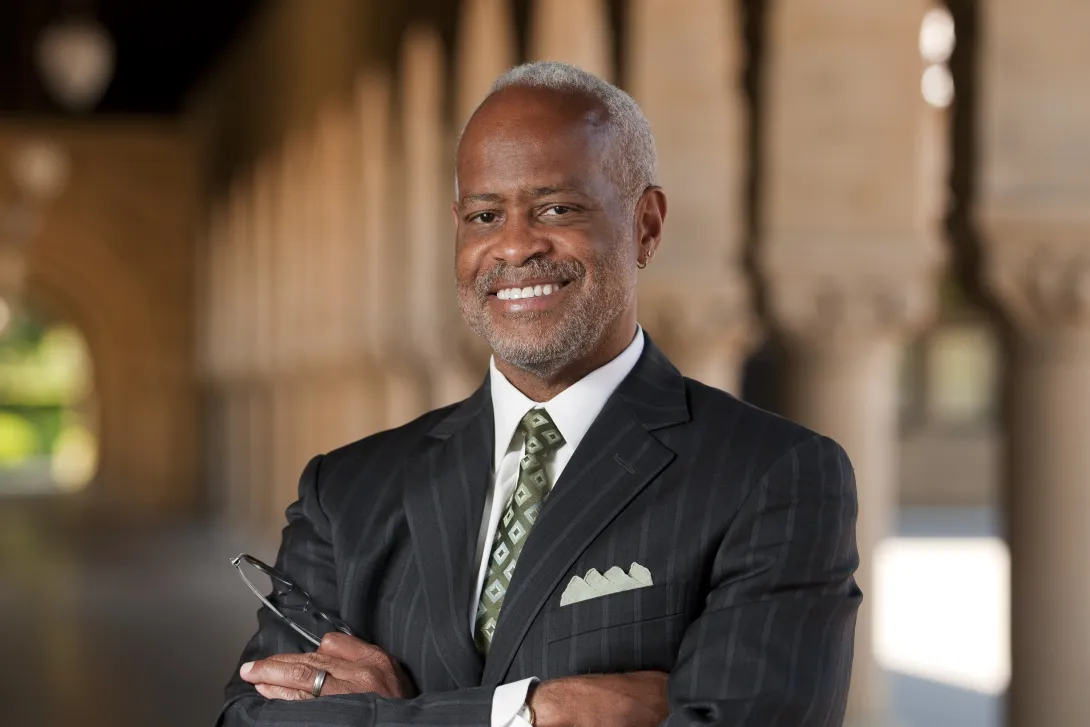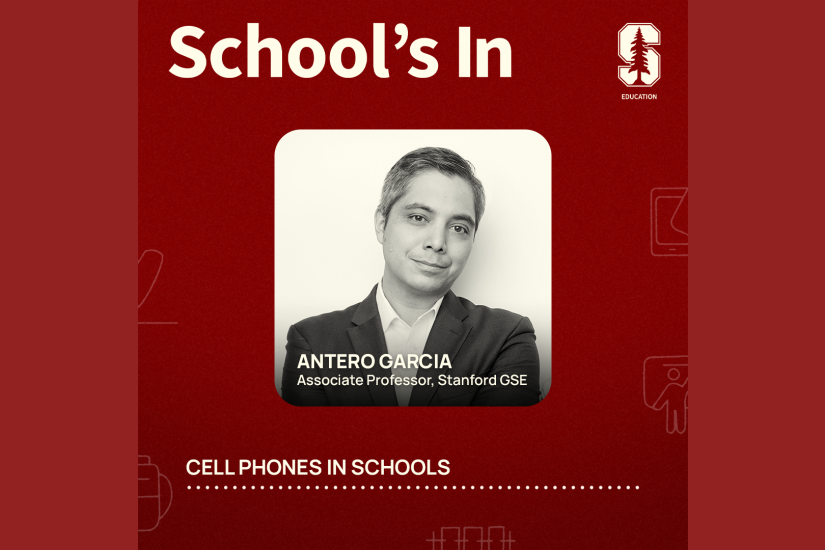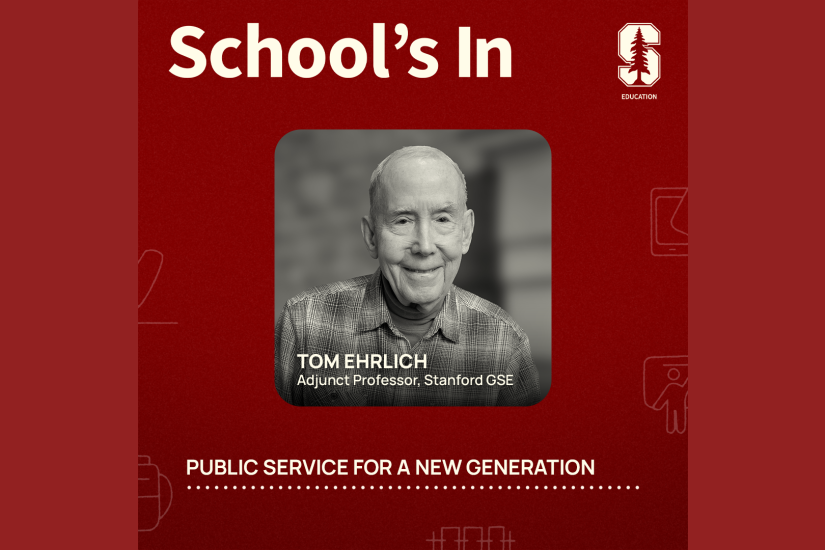
College in the time of COVID-19
How do you run a college in the middle of a global health and economic crisis? Is it possible to maintain a commitment to hands-on, experiential learning while courses are being taught remotely? If you need to limit the number of students living on campus at one time, who gets to be there and when?

Photo: Linda A. Cicero/Stanford News Service
On this episode of School’s In, Stanford administrator Harry Elam joins Graduate School of Education Dean Dan Schwartz and Senior Lecturer Denise Pope to talk about the decisions involved in running a college or university during the current crisis.
Elam has held many roles at Stanford since joining the faculty in 1990. He currently serves as vice provost for undergraduate education, vice president for the arts and senior vice provost for education, as well as a professor oftheater and performance studies. In July he will take on the role of president at Occidental College, a private liberal arts college in Los Angeles.
Now straddling responsibilities at both institutions, Elam is deeply engaged in plans for a time of tremendous uncertainty—considering different ways, for example, to modify the timeline of the academic year, to get creative when teaching remotely and to help lessen the impact of economic disparities that have been exacerbated by the crisis.
“The playing field is all the more uneven,” he says. “We’ve got to think consciously about what we can do to make it a better experience.”
You can listen to School's In on SiriusXM, Apple Podcasts, Google Podcasts, Spotify, Stitcher and Soundcloud.



